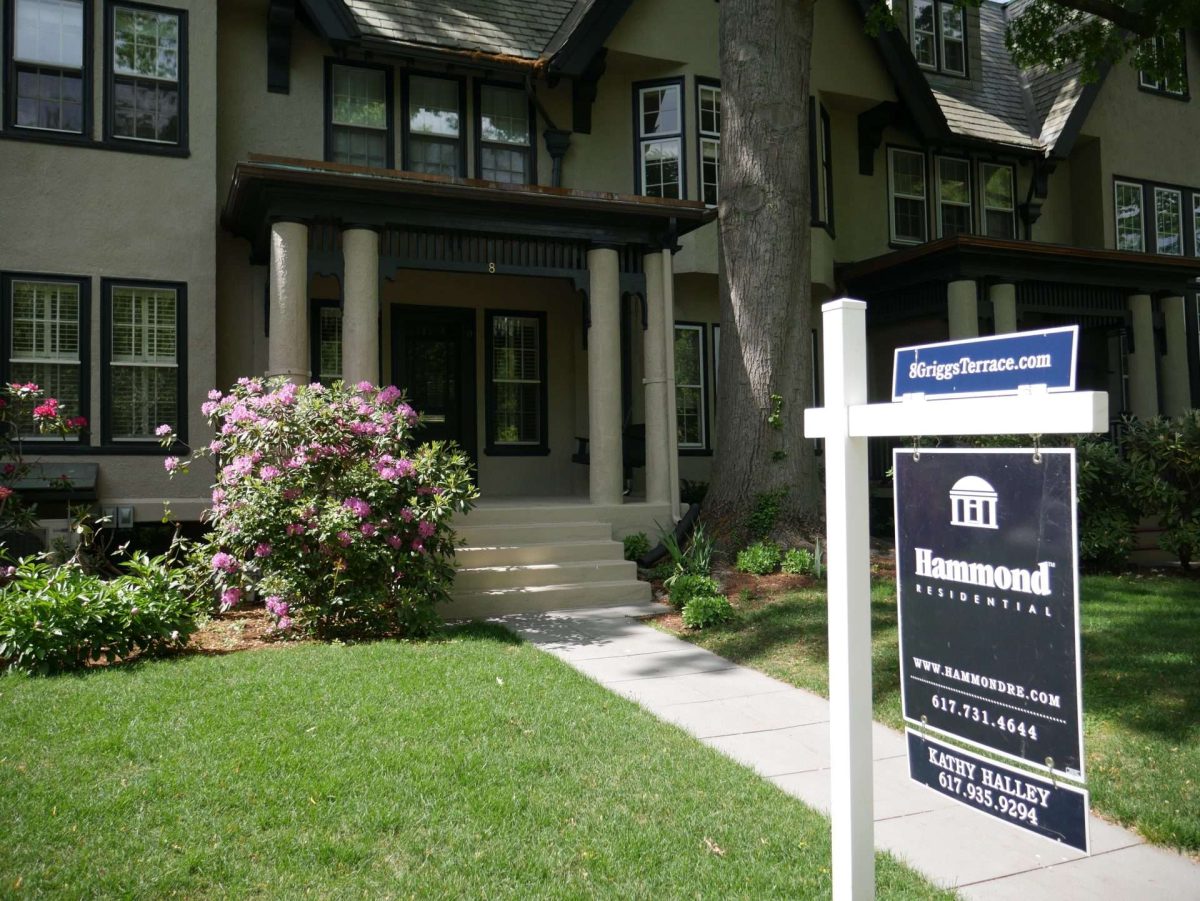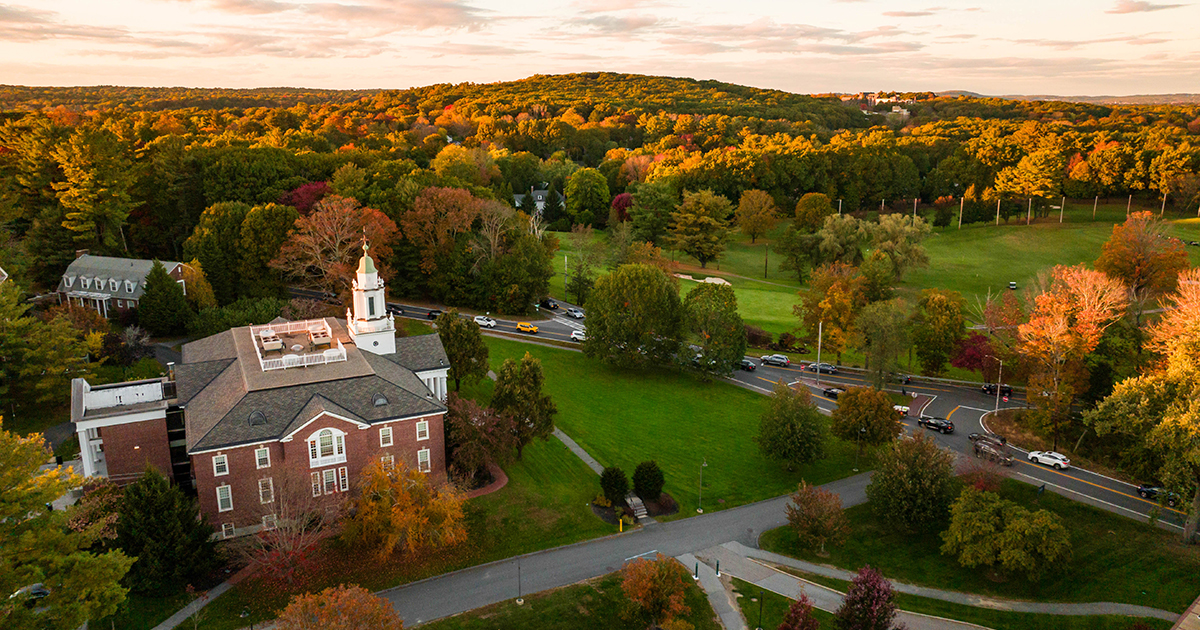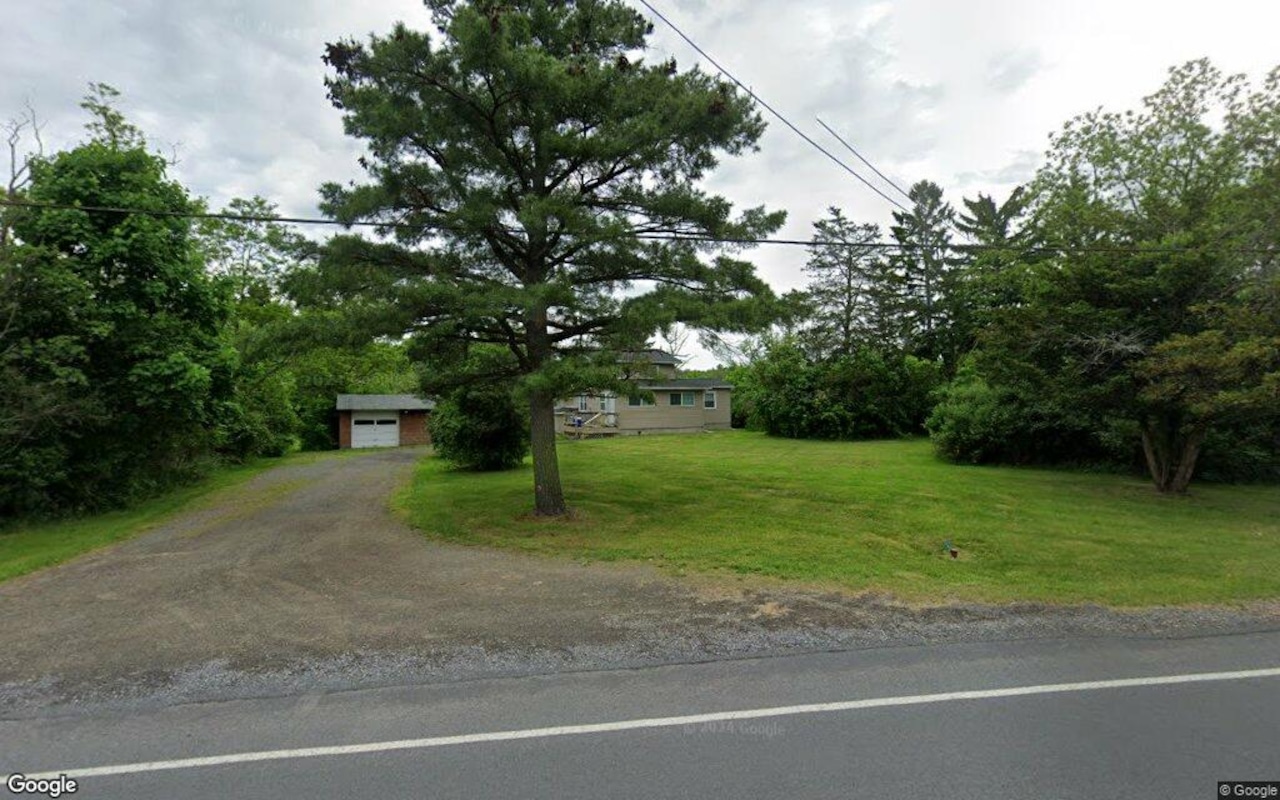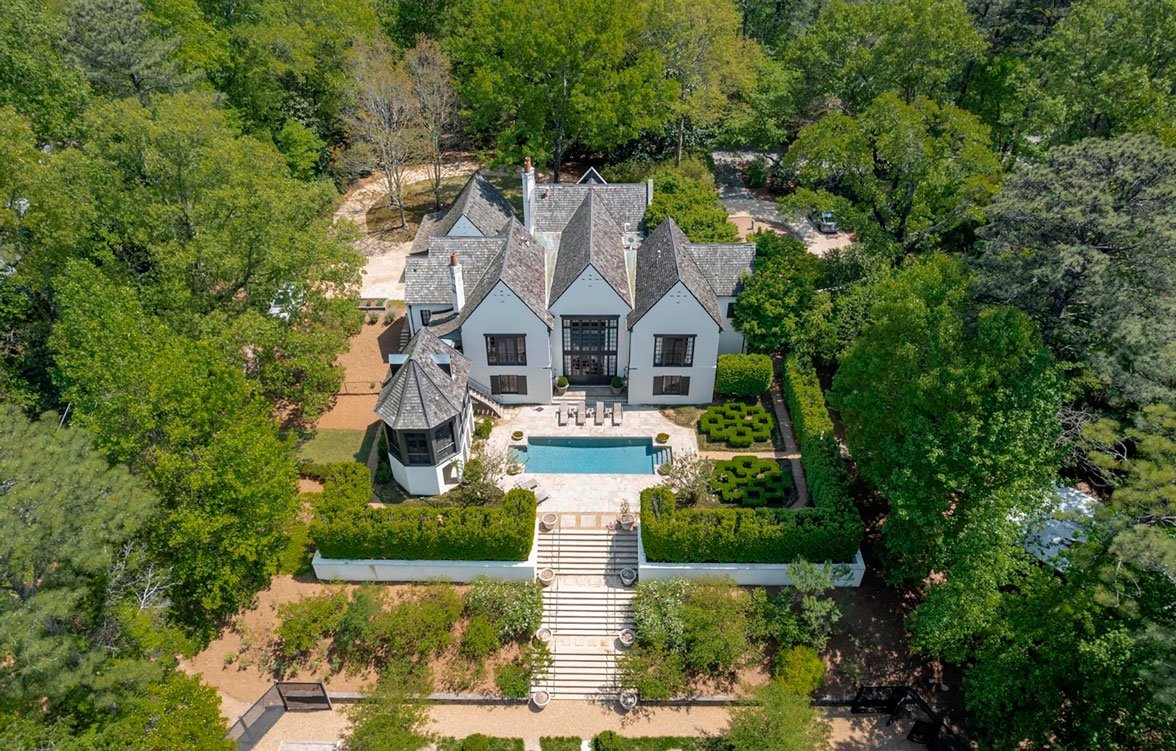I
n Hong Kong's luxury property market, The Corniche—a $3.9 billion residential project on Ap Lei Chau—has become a case study in high-yield private credit's potential to unlock value in distressed real estate. For investors navigating Asia's fragmented luxury property market, the project's 2024 refinancing offers a blueprint for balancing risk and reward.
Developed by Logan Group and KWG Group, The Corniche has struggled to meet sales targets since its launch in 2023, with only 31 of its 295 units sold despite aggressive price cuts. However, in 2024, the project secured an HK$8.2 billion refinancing facility at a 13% annual interest rate, backed by private credit funds including Davidson Kempner. This deal not only stabilized the developers' offshore debt but also exemplified how private credit can bridge the gap between distressed assets and capital-starved markets.
The Corniche's refinancing was a calculated bet that allowed the developers to gain liquidity and pursue a fire-sale strategy. By accepting a high-interest loan, they were able to liquidate remaining units to meet obligations. This approach mirrors broader trends in Asia's luxury property sector, where prime assets continue to outperform while secondary projects face absorption challenges.
High-yield private credit thrives in environments where traditional lenders retreat, offering investors a premium for taking on elevated risk. The Corniche's story aligns with broader shifts in Asia's high-yield market, which saw a structural rebalancing from 2020 to 2024 as Chinese real estate defaults pushed the region's exposure in the J.P. Morgan Non-Investment Grade Index (JACI HY) from 38% to 7%.
For distressed real estate, the risk-reward calculus is compelling. The expected default rate for Asian high-yield bonds in 2025 is forecast at 2.0%, creating a fertile ground for private credit, which offers higher yields compared to traditional high-yield bonds.
The Corniche's refinancing highlights three strategic principles for capitalizing on distressed real estate: Alternative Capital as a Lifeline, Prime vs. Secondary Asset Dynamics, and Timing and Market Cycles. Investors should prioritize prime assets with strong ESG credentials, act preemptively to secure refinancing before rates rise further or liquidity dries up, and target funds with exposure to Asian distressed real estate.
The Corniche's story offers a roadmap for navigating Asia's luxury property sector, where opportunities lie in private credit funds, prime luxury assets, and ESG-driven refinancing. As traditional lenders retreat and private credit steps in, the key to unlocking value lies in strategic refinancing, prime asset selection, and a willingness to accept elevated risk for outsized returns. For investors with a long-term horizon, the lessons from Hong Kong's waterfront may prove invaluable in navigating the region's next phase of real estate evolution.













